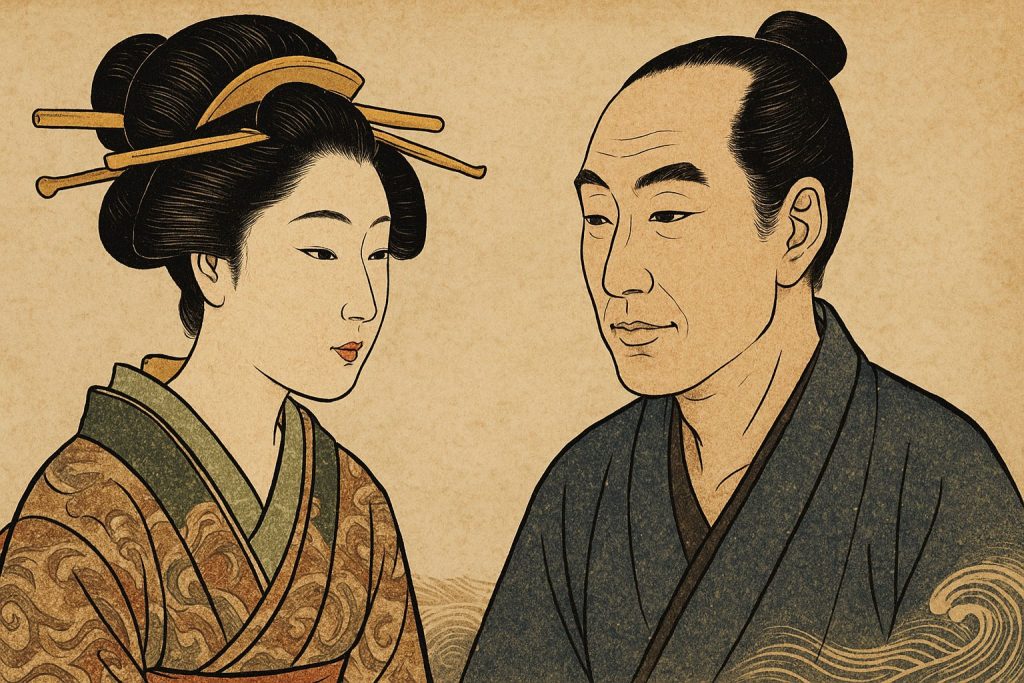If you’ve ever found yourself on a Japanese train, clutching the nearest handrail while navigating an atmosphere so silent it feels like a Buddhist monastery on mute, you may have noticed something else: no one is making eye contact. Not with you, not with each other, and definitely not with the salaryman who’s asleep standing up.
For first-time visitors, this can feel surreal — even suspicious. In many Western cultures, avoiding eye contact might signal disinterest, awkwardness, or even guilt. But in Japan? It’s an unspoken social agreement: eyes down, emotions in check, headphones in (but never too loud).
So why exactly is avoiding eye contact on public transport such a widely accepted (and fiercely practiced) cultural norm in Japan? Let’s take a closer look — without making anyone uncomfortable, of course.
The Unwritten Rule: Be Present Without Being Noticed
In Japanese public life, particularly in crowded places like trains or buses, blending in is a form of respect. You don’t want to disturb others — not with your voice, your smell, your eye contact, or your mere existence, really.
Eye contact, even accidental, can be interpreted as intrusive. It risks inviting unwanted interaction or signaling confrontation. So, most commuters choose the safe route: look at your phone, your shoes, the ad for hair-loss treatments above the door — anywhere but a fellow passenger’s eyes.
This isn’t rudeness. It’s courtesy, finely tuned by decades of collective urban living.
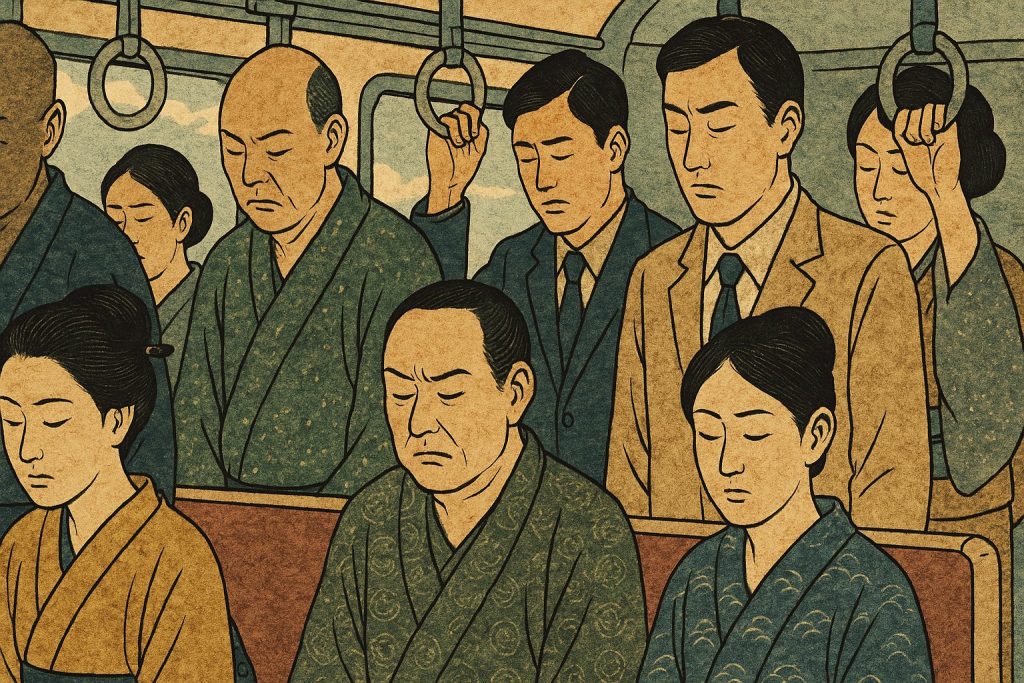
Cultural Roots: Harmony > Expression
Japan places a high value on “wa” (和) — social harmony. In this context, making prolonged eye contact can disrupt that balance. While Western cultures may associate direct gaze with honesty or engagement, Japanese norms emphasize emotional restraint, subtlety, and not “stepping into someone else’s space.”
On a packed train, you’re already in someone’s physical space. So the least you can do is not invade their psychological one.

The Great Staring Avoidance Olympics
If you want to blend in on Tokyo’s subway, here are some common techniques:
- The Pretend Nap: Eyes closed, head bobbing — a classic. Bonus: you can use it to avoid giving up your seat.
- Phone Scroll Without Scrolling: Stare at your phone with the intensity of a monk, even if there’s no signal underground.
- Ad Panel Gazing: Master the art of contemplating dental implant ads with existential seriousness.
These behaviors aren’t strange. They’re strategic disengagement, designed to keep the fragile balance of public peace intact.
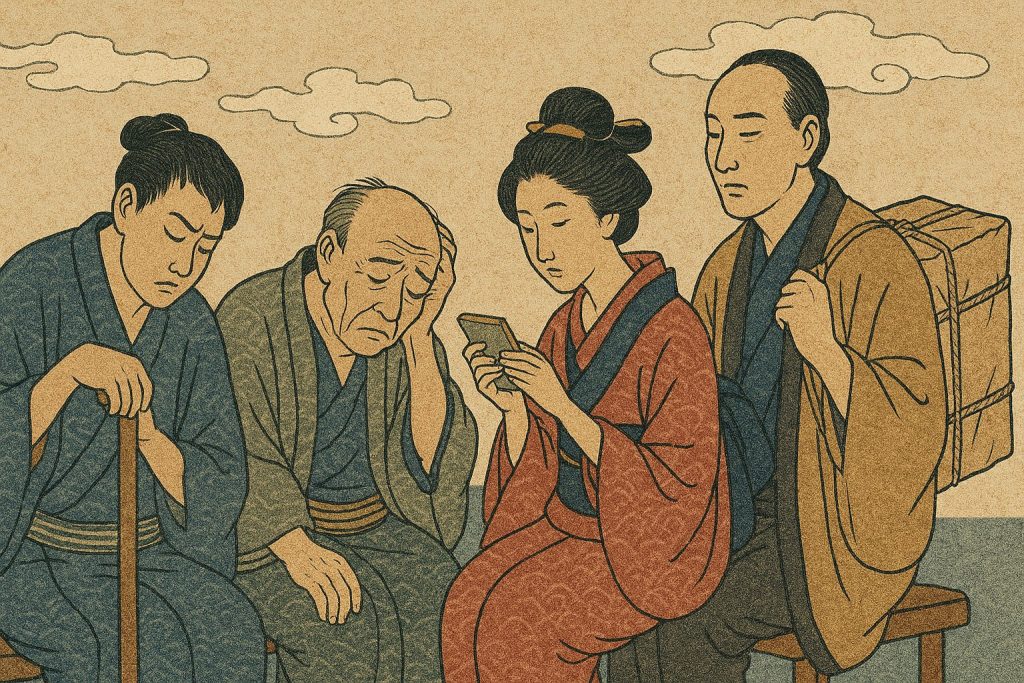
But What Happens If You Do Make Eye Contact?
Nothing catastrophic. You won’t be banished from the country. But expect an awkward moment — perhaps a quick glance away, or the universal sign of social discomfort: the sudden, overly intense interest in one’s phone.
In most cases, eye contact is simply too intimate for public space, especially in a society where private emotion is often kept private. It’s not that Japanese people don’t feel — it’s that public expression of those feelings is dialed down, particularly with strangers.
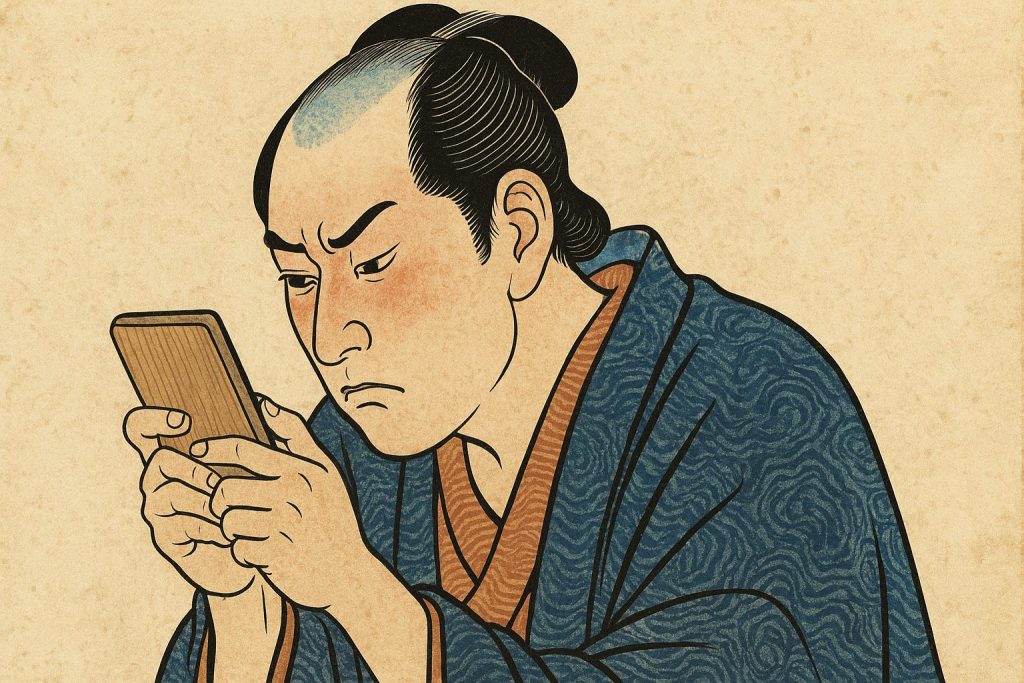
Foreigners and the Accidental Gaze
Many foreigners visiting Japan unintentionally stare out of curiosity — which is understandable. Japanese public life is choreographed with such quiet precision that it’s fascinating to watch.
But to the local commuter, this can feel a bit like being under surveillance.
The good news? You won’t be scolded. Most people will give you the benefit of the doubt. But learning to lower your gaze, or at least not lock eyes with the grandmother across from you for an entire stop, is a small but meaningful gesture of cultural fluency.
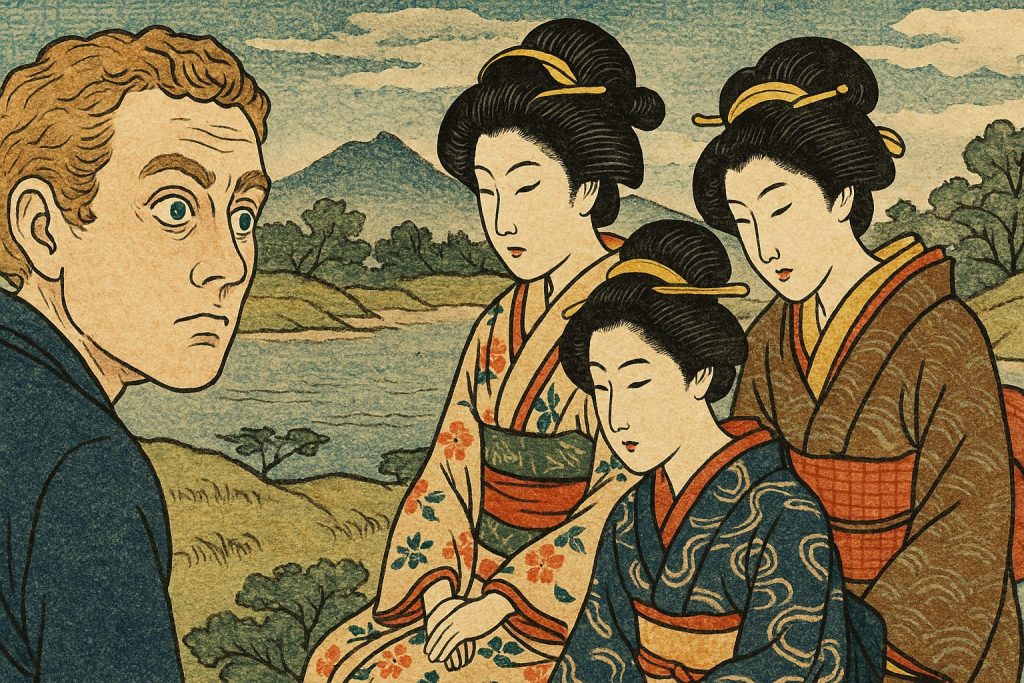
So, Should You Avoid Eye Contact in Japan?
If you’re on public transport: yes.
Outside of it — say, in a conversation with a friend or coworker — moderate eye contact is fine. Just remember: context is everything. What feels natural in your culture might read differently in another.
In Japan, especially in the sacred silence of a commuter train, the golden rule is this: be invisible, be silent, be neutral. It’s not suppression — it’s social choreography.
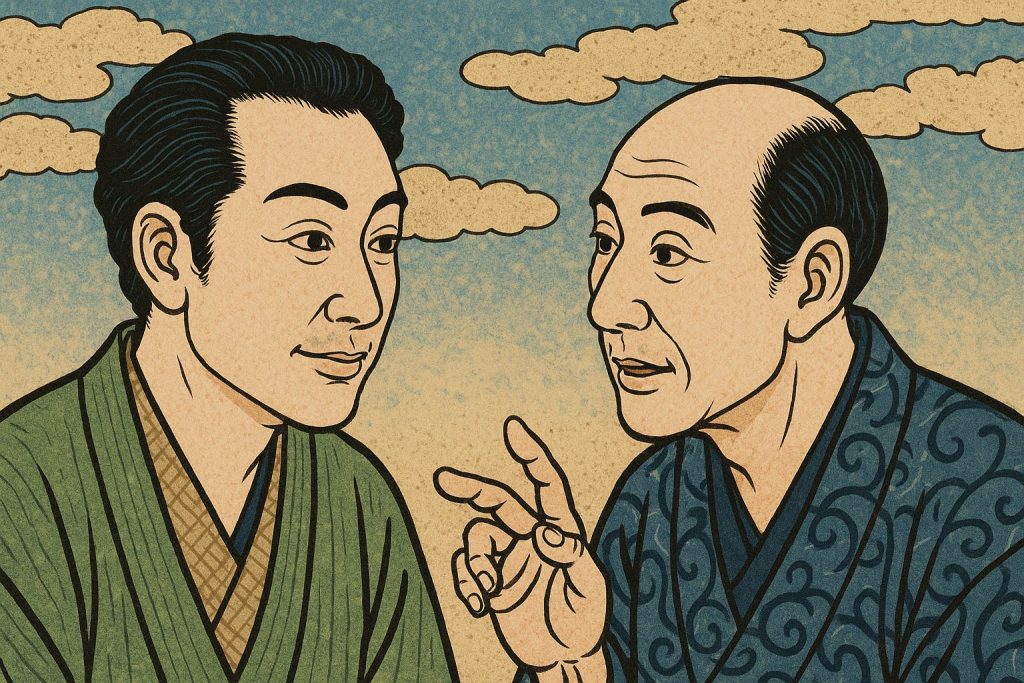
Final Thoughts: Eyes Down, Curiosity Up
Japan’s no-eye-contact culture isn’t about emotional coldness. It’s about respecting shared spaces, valuing personal boundaries, and mastering the subtle dance of coexistence. Once you see it that way, it becomes less alien and more — well — elegant.
So the next time you find yourself on a Japanese train, marvel at the peaceful quiet, the artful avoidance, and the collective performance of restraint. Then, gently tilt your eyes downward… and join the dance.
